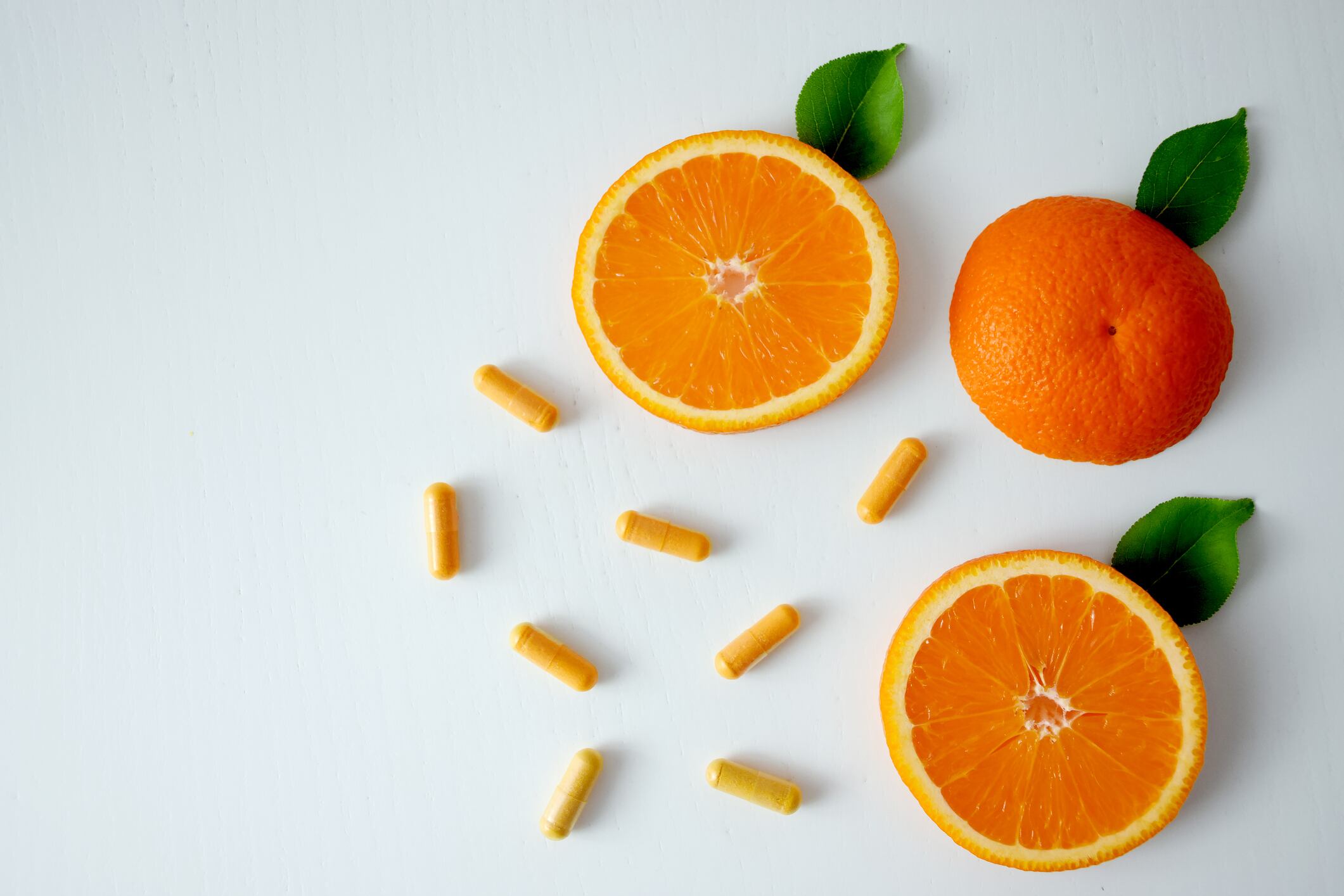2S-Hesperidin is the main flavonoid of orange (Citrus sinensis) and previous research has shown that acute and chronic intake of the ingredient in amateur cyclists improves anaerobic and aerobic performance while some animal studies have also pointed to its effects on muscle development and fat accumulation reduction.
The current study, funded by HealthTech BioActives in Spain and carried out by the Catholic University of Murcia, evaluated the effects of Cardiose supplementation (500 mg/day) on athletes’ body composition.
A double-blind, parallel and randomised trial, was carried out with 40 amateur cyclists (aged 18-55) that were divided in two groups, one taking 2S-hesperidin (Cardiose natural orange extract, 500 mg per capsule) and another taking placebo (500 mg d−1 microcellulose, n = 20) for 8 weeks.
Dualenergy X-ray absorptiometry (DXA) and anthropometric measurements were used to assess the effect of both treatments on body composition. In addition, the resting metabolic rate was measured.
In comparison to placebo, DXA analysis showed a decrease in percentage body fat (%BF) (−10.4%; p = 0.035) and lower limb fat mass (−10.5%; p = 0.029) in favour of 2S-hesperidin. After evaluation of anthropometric data, a decrease in %BF (−3.7%; p = 0.006), total body fat (−3.0%; p = 0.047), Σ of 8 skinfolds (−6.1%; p = 0.008) was observed in 2S-hesperidin group, but not in placebo.
Additionally, there was an increase in muscle mass percentage (1.0%; p = <0.001) and total muscle mass (1.7%; p = 0.011) after ingestion of 2S-hesperidin,
with no changes in placebo.
The researchers conclude: "These changes in body composition may provide an advantage to endurance athletes in maintaining or improving their physical condition during pre-season and start the season with less fat and more muscle. Besides, 2S-hesperidin appears to prevent an increase in the RER in rest metabolic rate, post intervention."
The authors hypothesise the decrease in fat mass after 2S-hesperidin intake could be explained by an increase in the activation of SIRT1 and PGC-1 that would lead to over-expression of genes related to mitochondrial respiration and fatty acid oxidation at the muscular level.
The researchers also postulate the decrease in fat mass in the experimental group may be due to higher fat oxidation in FatMax and VT1 after intake of 2S-hesperidin in AMA, whereas the placebo group significantly decreased its fatty acid oxidation.
"Taking into account described results as well as that no dietary control was included in this study, the potential of 2S-hesperidin combined with a proper dietary control may be even greater," the report states.
Research background
There are no previous studies that have reported the effect of hesperidin intake on fat mass but in line with described results, Dallas et al. showed improvements in body fat mass percentage (experimental −9.7% vs. placebo −3.2%; significant group differences p < 0.001) after a 12-week intake of polyphenolic rich fruit extract in combination with physical activity in a healthy overweight population.
A recent study reported that acute intake of 500 mg of 2S‐hesperidin significantly improved anaerobic performance.
A study performed in rats observed that 2S‐ hesperidin (200 mg/kg, three days per week for five weeks) showed a protective effect on the oxidative stress induced by an exhausting exercise. In the same way, another study in aged mice found 6 weeks of hesperetin (main metabolite of hesperidin) supplementation (50 mg∙kg−1∙d−1) significantly increased the GSH/GSSG ratio and improved running performance (exercise time).
In addition, a recent study found that eight weeks’ intake of 2S‐hesperidin improved performance at the threshold of estimated functional power and maximum power in an incremental test until exhaustion compared to a placebo in amateur cyclists.
It is known that almost 0.15% of the oxygen consumed is converted into ROS, which can be detrimental to muscle and mitochondrial function. In sports physiology, it is hypothesised that rapid increases in ROS during intensive exercise may be a contributor to fatigue.
A new theory proposes that antioxidant supplementation (vitamins A, C, E, thiols, ubiquinones and flavonoids) may delay fatigue. However, this mitigation of ROS generation may disrupt cellular signalling involved in training adaptations. ROS are intracellular messengers and activators of transcription factors that promote the expression of genes related to training adaptations and performance improvement.
Hesperidin and gut health
Hesperidin has demonstrated a probiotic effect by promoting the growth of beneficial bacteria (Bifidobacterium spp., Lactobacillus spp. o Akkermansia muciniphila) in the colon, due to an increase in the production of short-chain fatty acids (SCFA) (butyrate, propionate and acetate).
Butyrate increases fat oxidation and brown adipose tissue activation (BAT), which is evidenced by increased utilization of fatty acids derived from plasma triglycerides, explained by an increased sympathetic outflow to BAT.
In addition, butyrate has shown the ability to increase the expression of mRNA and proteins (brown fat, skeletal muscle, and liver) of PGC-1α, supported by an increase in the activity of AMPK and p38 which leads to an increase in PGC-1α phosphorylation.
PGC-1α controls energy metabolism by interaction with several transcription factors, e.g., estrogen-related receptor-α, nuclear respiratory factor-1 and -2, PPAR-α and -δ, and thyroid hormone receptor, that direct gene transcription for mitochondrial biogenesis and respiration.
In the muscle, PGC-1α increases oxidative (type I) fibre differentiation and enhances fatty acid metabolism, supported by an increase in proteins of type 1 myosin heavy chain and myoglobin (type I fibre marker). The current report explains the changes in the signaling pathways of the AMPK-PPARα-PGC-1α axis, together with those of the type I fibers, would improve the capacity of fat oxidation at a muscular level, which would facilitate a decrease in the fatty tissue.
Source: Food & Function
Noguera, F. J. M., Ramón, P. E. A., Vivas, J. C., Chung, L. H., Cascales, E. M., & Pagán, C. M.
"8 weeks of 2S-Hesperidin supplementation improves muscle mass and reduces fat in amateur competitive cyclists: randomized controlled trial"


